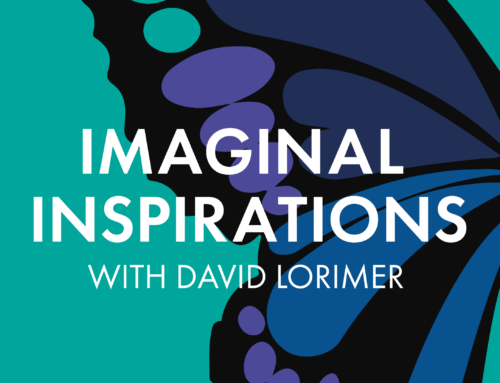Abstract
This paper outlines an approach which casts new light on some unsolved issues surrounding mind and matter, like: What tells them apart? How do they communicate?… It argues, with a little help from quantum physics, that plain matter may be richer than what we are wont to believe. It assumes that consciousness is a nonmaterial content of the world and infers that the mind expands beyond the biological brain. It also suggests a new way to figure out what role the brain plays in conscious awareness, and it puts forward a fresh insight as regards the mind-body dialogue.
Why panpsychism?
Conscious awareness is a big mystery. It is hardly accounted for by materialism or physicalism, which holds that science can in principle give a full account of every fact, event, and object in our universe. Is this claim true; and, more pointedly, can science, as it is today, handle the issue of sentience? I do doubt it, all the more so that, as emphasized by David Chalmers, “It is widely agreed that experience arises from a physical basis, but we have no good explanation of how and why it so arises.“ Besides, wrote Steve Taylor, “For about 30 years now, neuroscientists have been attempting to explain consciousness in terms of brain functioning but have made no progress whatsoever. Even amongst mainstream scientists, there is a growing acceptance now that consciousness can’t be explained in terms of neural mechanisms.”
Brain consciousness remains to this day a “hard problem”, as hard as ever. In an interview to the press, Chalmers commented: “There’s certainly correlations between brain processes and consciousness, and we’re making a lot of progress at narrowing down which processes in the brain are more correlated with consciousness, but (…) there’s really nothing here that would explain why consciousness exists wholly in terms of the brain.” In the same vein, Peter Ellis notes that “No one knows what characteristics a physical state must have in order to have an associated mental state.”
I believe that materialism is bound to fail because consciousness cannot be reduced to matter and hails from an extra dimension of our world. More precisely, I cast my vote for the so-called limited panpsychism, which endows subatomic or elementary particles with rudimentary sentient properties by stating that nascent conscious properties exist in all matter. Don’t get me wrong however: I am not “psychologizing” elementary particles. I merely assume them to be proto- or infra-conscious, this meaning that they possess exceedingly faint “psychical” properties, almost to the point of nonexistence.
I use the word psychism as an umbrella word referring to the whole gamut of awareness. Limited panpsychism, then, rests on the assumption that every particle is also a “seed of sentience” or a “speck of awareness.” As Thomas Nagel puts it in his book Mortal Questions, “the basic physical constituents of the universe have mental properties, whether or not they are part of living organisms.”
Thomas Nagel, in Mortal Questions again, argues cogently in favour of the panpsychic idea. He writes: “If the mental properties of an organism are not implied by any physical properties of the organism’s constituents, then those constituents must have non-physical properties from which the appearance of mental properties follow when the combination is of the right kind. Since any matter can compose an organism, all matter must have these properties.” I fully agree with Nagel, and a similar view prompted me to think of matter as something richer— something blessed with an extra content or dimension—that I call holomatter. Here, I’ll assume it to be the true face of matter. I then dub holoparticles the elementary particles of holomatter that, for simplicity’s sake, I’ll often call particles too.
